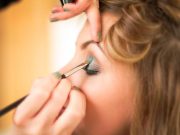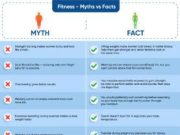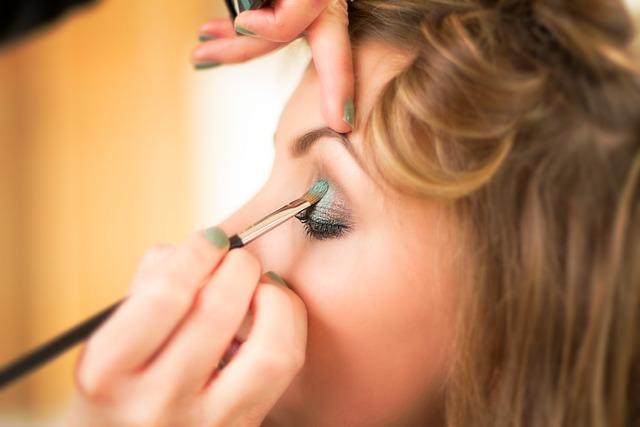In the bustling world of beauty and skincare, where every new product promises to be the secret to eternal youth, the allure of makeup with built-in sun protection factor (SPF) has captured the attention of many. These dual-purpose wonders seem to offer the best of both worlds: a flawless complexion and a shield against the sun’s harmful rays. But as we glide these products over our skin each morning, a question lingers like the faint scent of foundation—Is SPF in makeup truly enough for effective sun protection? In this exploration, we delve into the science behind SPF-infused cosmetics, unraveling the layers to reveal whether this convenience is a boon for our beauty regimen or a potential blind spot in our sun safety routine. Join us as we journey through the facts, the myths, and the subtle nuances that could redefine how we perceive sun protection in the realm of makeup.
Understanding SPF in Makeup: What Does It Really Offer
When it comes to choosing makeup with SPF, understanding what it truly offers can be somewhat of a puzzle. SPF, or Sun Protection Factor, is a measure of how well a sunscreen will protect skin from UVB rays, the kind of radiation that causes sunburn and contributes to skin cancer. However, it’s essential to recognize that the SPF rating in makeup might not be as effective as that in dedicated sunscreens. The SPF in makeup is often lower and applied more thinly than the recommended amount for full protection, which means it might not provide the robust defense your skin needs during prolonged sun exposure.
While makeup with SPF can offer some level of protection, it’s crucial to consider a few factors:
- Layering is key: Using a dedicated sunscreen underneath your makeup can enhance protection.
- Reapplication: Makeup is typically not reapplied throughout the day, whereas sunscreen should be reapplied every two hours for optimal protection.
- Type of UV protection: Ensure your makeup offers broad-spectrum protection to guard against both UVA and UVB rays.
In essence, while SPF-infused makeup is a beneficial addition to your skincare routine, it should not replace a standalone sunscreen, especially if you plan to be outdoors for extended periods.
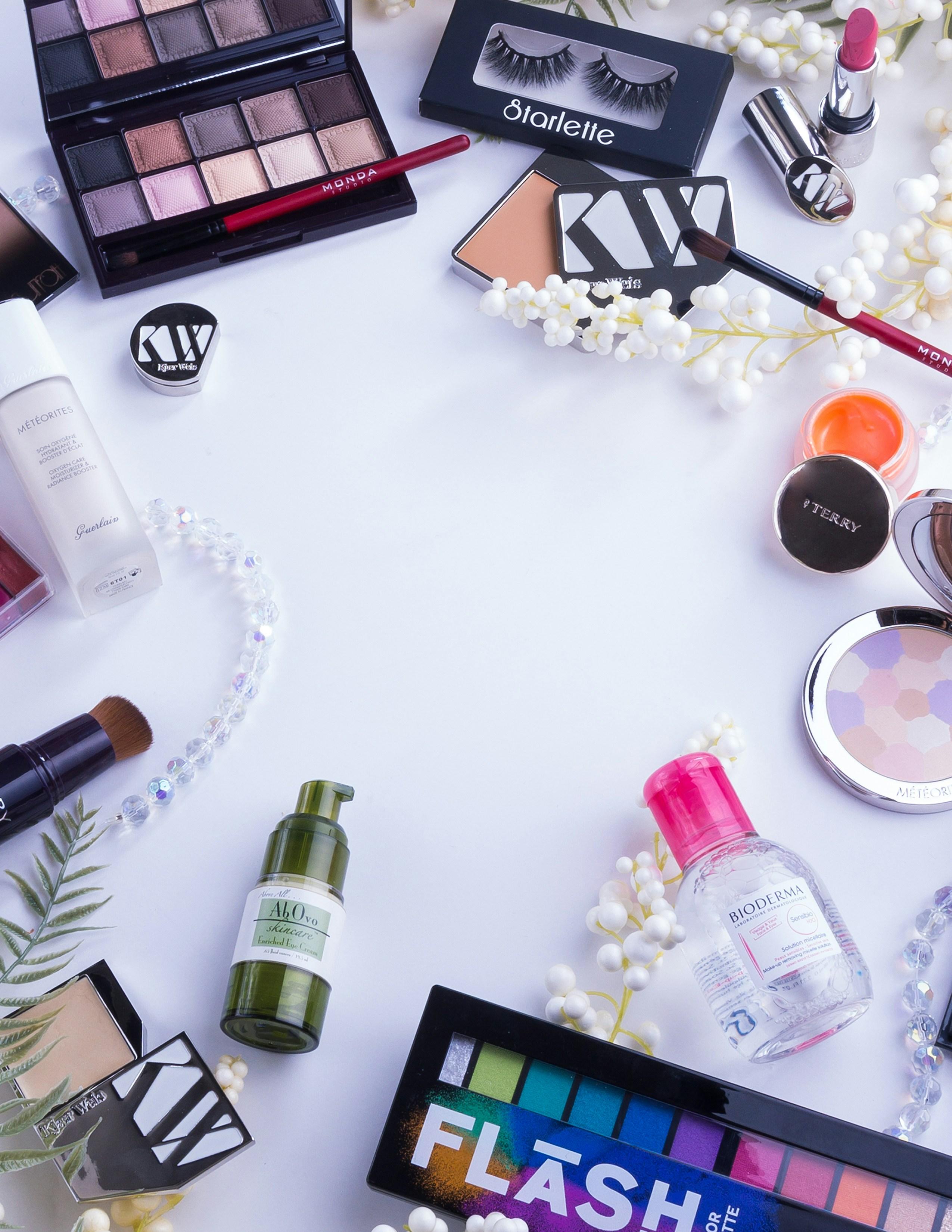
The Science Behind SPF: How Makeup Measures Up to Sunscreen
Understanding the intricate science of SPF can help us better evaluate how well our makeup stands up to traditional sunscreens. SPF, or Sun Protection Factor, is a measure of how effectively a product shields the skin from the sun’s harmful UVB rays, which are primarily responsible for sunburn. The SPF number indicates the theoretical amount of time you can stay in the sun without getting burned compared to unprotected skin. For instance, SPF 30 allows you to stay in the sun 30 times longer without burning.
When it comes to makeup, several factors influence its effectiveness as a sun protector. Here are a few key points to consider:
- Coverage: The amount of product applied significantly impacts the level of protection. Unlike sunscreen, which is usually applied generously, makeup is often applied more sparingly.
- Formula: Many makeup products contain additional ingredients that may dilute the SPF, reducing its efficacy compared to standalone sunscreens.
- Reapplication: Makeup is rarely reapplied as frequently as sunscreen, which can diminish its protective benefits throughout the day.
While makeup with SPF can offer some level of protection, relying solely on it may not provide the comprehensive coverage needed for prolonged sun exposure. A combination of dedicated sunscreen and SPF-infused makeup is often recommended for optimal defense against UV damage.
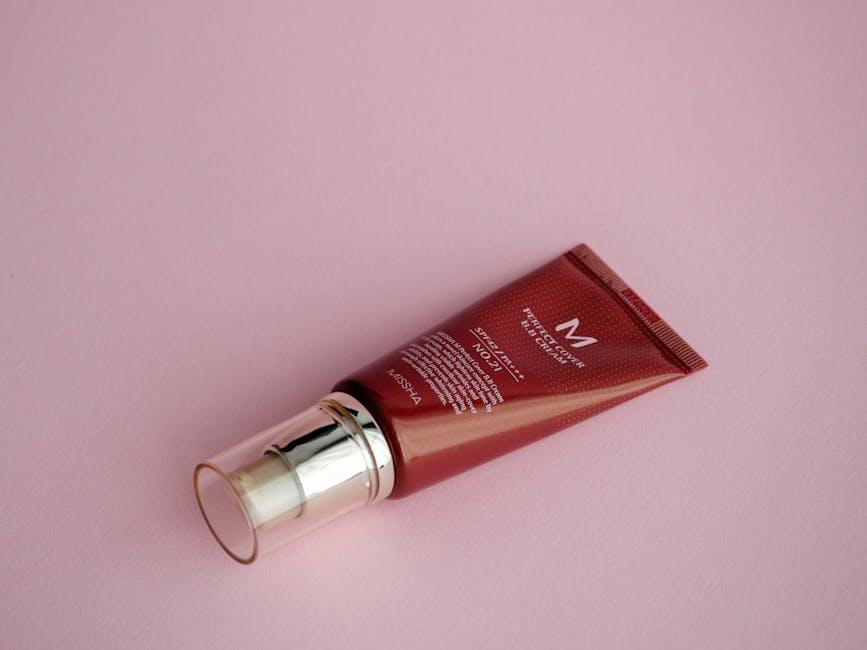
Common Misconceptions: Debunking SPF Myths in Cosmetic Products
- Myth: SPF in makeup is enough for all-day protection.
One common misunderstanding is that a foundation or tinted moisturizer with SPF provides sufficient coverage for the entire day. In reality, the amount of product typically applied is often less than what’s needed to achieve the SPF rating on the label. For optimal protection, it’s essential to layer your SPF makeup with a dedicated sunscreen, applying the sunscreen first to ensure a solid base of defense against harmful UV rays.
- Myth: Higher SPF in cosmetics means better protection.
Another prevalent myth is that a higher SPF number in your cosmetic product guarantees superior sun protection. While a higher SPF offers more protection, the difference is marginal once you go beyond SPF 30. The key is to apply the product generously and reapply every two hours, especially if you’re spending time outdoors. Remember, SPF in makeup should be part of a broader sun protection strategy, not the sole line of defense.
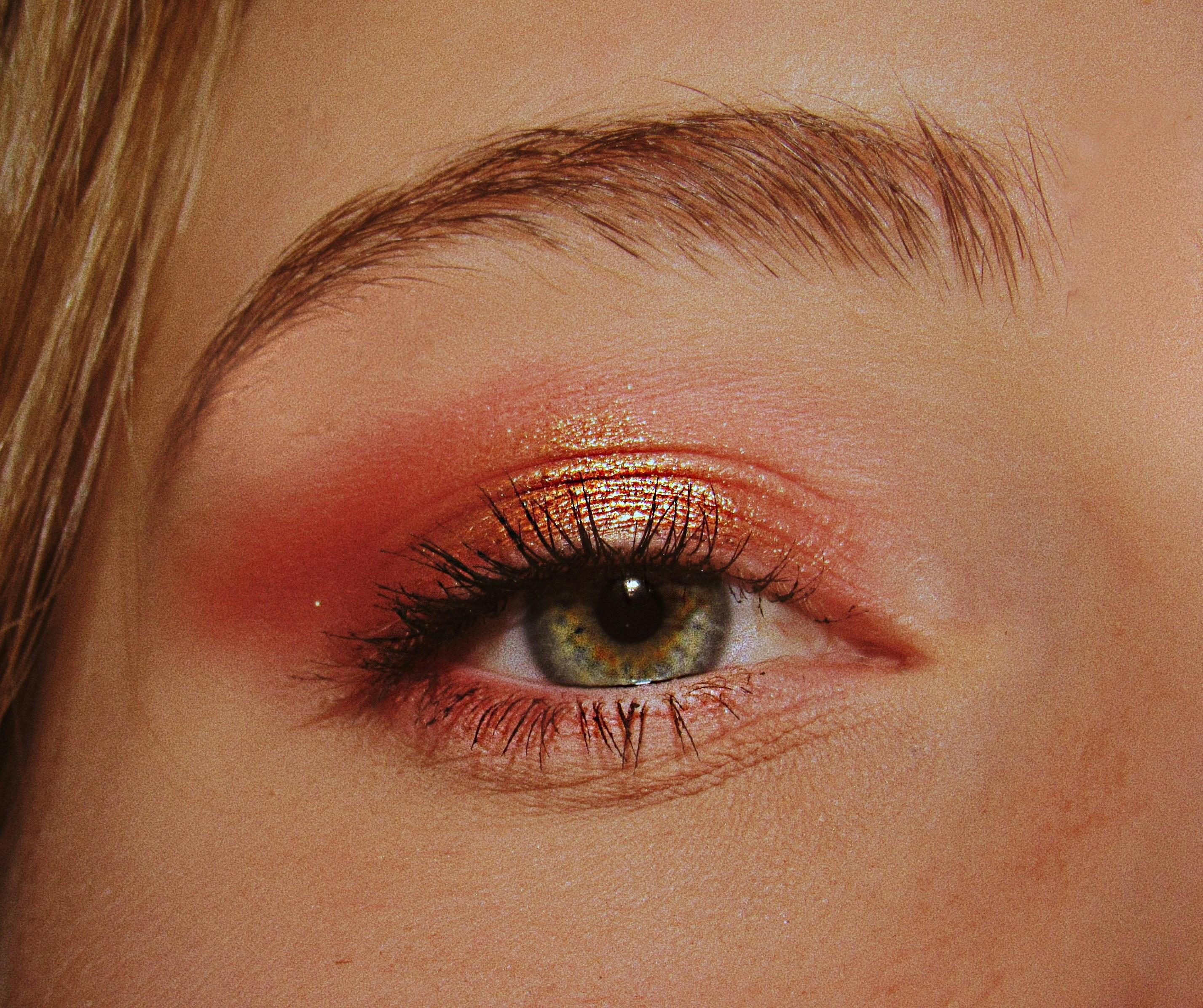
Expert Recommendations: Achieving Optimal Sun Protection with Makeup
When it comes to safeguarding your skin from the sun’s harmful rays, relying solely on the SPF in your makeup might not be enough. Dermatologists and beauty experts agree that while SPF-infused makeup can be a part of your sun protection strategy, it shouldn’t be your only line of defense. Here are some expert recommendations to ensure you’re achieving optimal sun protection:
- Layer Up: Start with a broad-spectrum sunscreen as your base layer. Opt for a sunscreen with at least SPF 30, and allow it to absorb fully before applying makeup.
- Reapply Regularly: Even with SPF makeup, reapplication is key. Consider using a setting spray with SPF or a powder sunscreen to touch up your protection throughout the day.
- Don’t Forget Key Areas: Pay attention to often-overlooked spots like your ears, neck, and hairline. These areas can be vulnerable to sun damage if not properly protected.
- Check Product Labels: Look for makeup products that offer both SPF and additional protective ingredients like antioxidants, which can provide extra defense against environmental damage.
By integrating these expert-backed strategies into your routine, you can enhance your sun protection regimen and keep your skin healthy and radiant.


